Meet Our Four Focus Farm Species
Here on the Ivel Valley Farm, we are proud to operate in line with the LEAF marque environmental farming practices. We continuously look for new ways to support our wildlife and help boost the population of endangered species. While we strive to help all creatures, great and small, we understand some may need more assistance than others. Which is why we have selected 4 species to assess and provide everything they need to survive and thrive on the farm. Here are our four focus species.
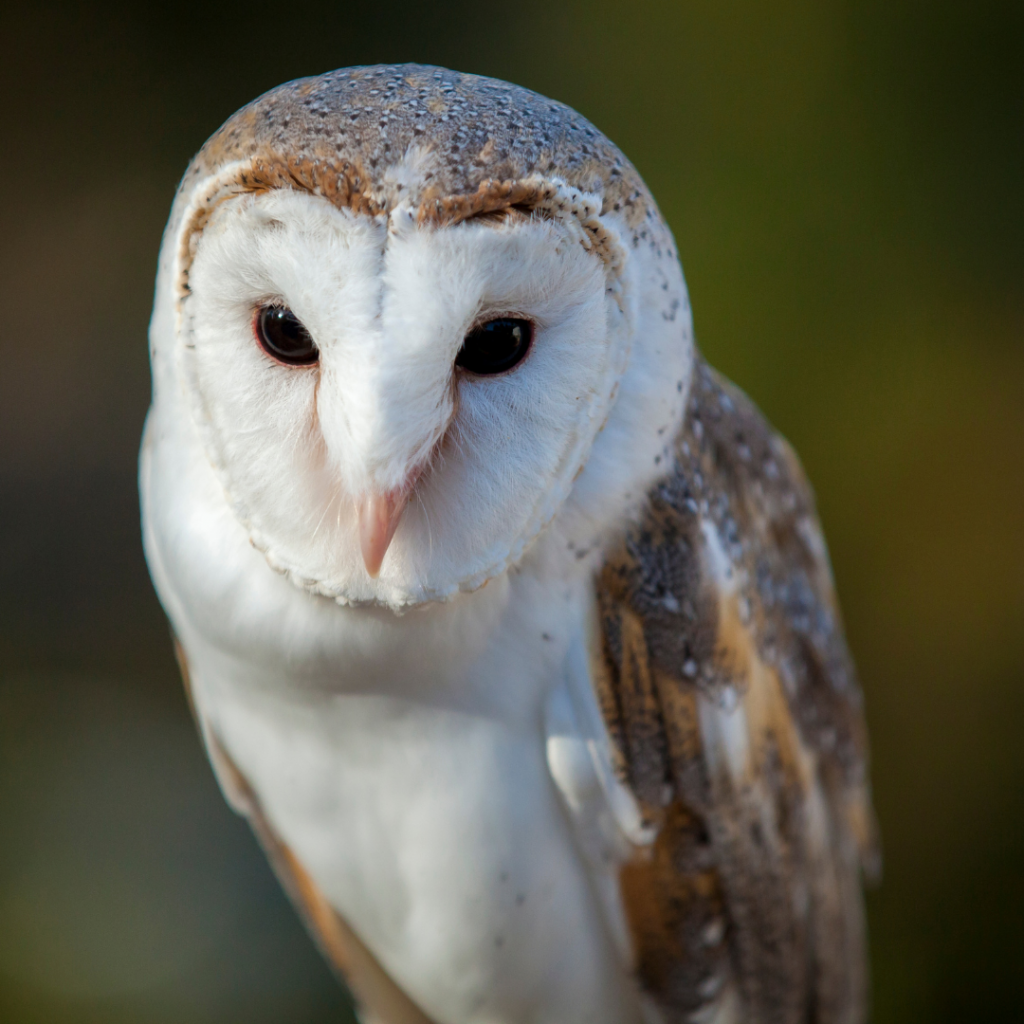
Barn Owls
The Barn Owl holds a special place in our hearts at the farm, and we adore seeing them fly through the fields on summer evenings. Though this bird is widely distributed across the UK, it has suffered a severe decline through the 20th century. Experts believe the decrease is due to the use of organochlorine pesticides such as DDT in the 1950s and '60s. Thankfully, those pesticides are banned in all of Europe and USA. Here's how Ivel Valley Bird Food is working towards getting the Barn Owls' numbers back up.
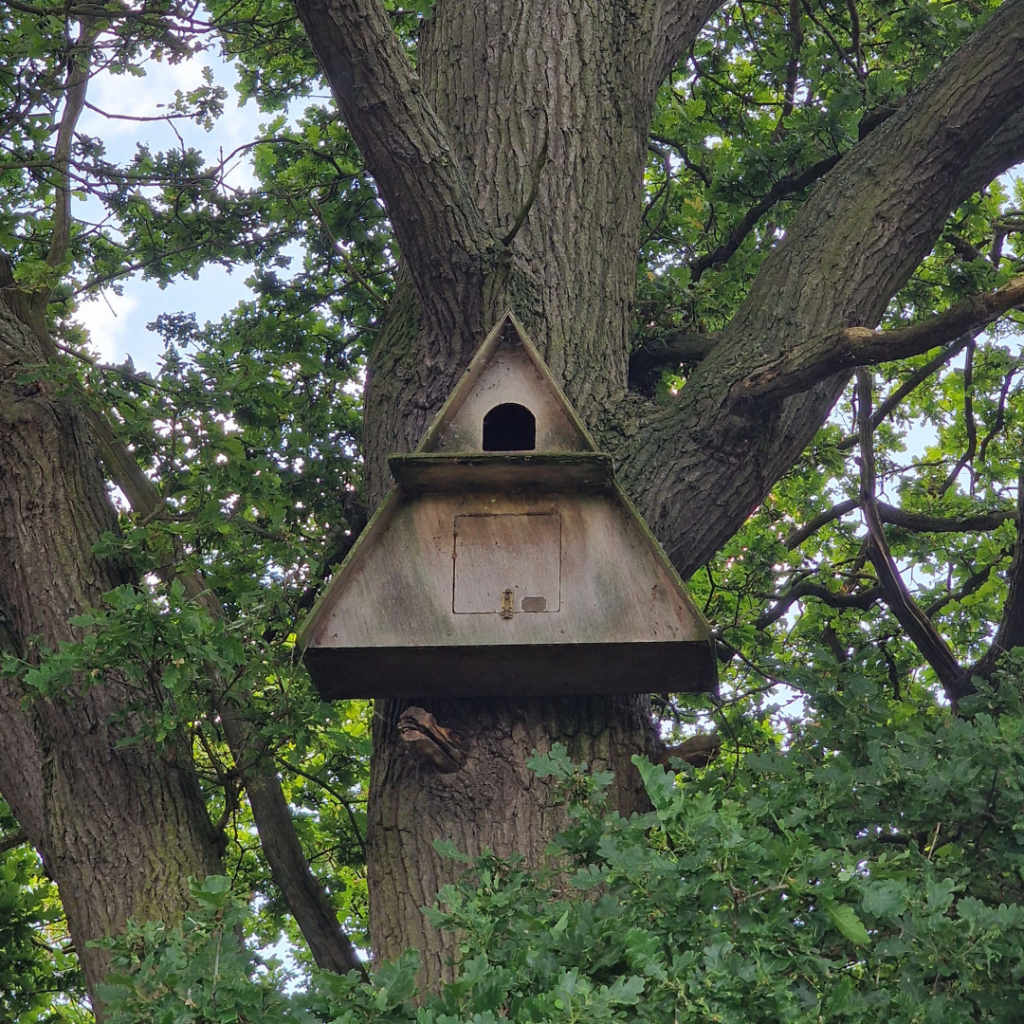
To up their population, Barn Owls need a safe home, out of predators' reach, to participate in the breeding season and bring in the next generation. Across our farm, we have placed numerous owl boxes in habitats most suitable to their needs. These large boxes are positioned in draught-free areas away from high footfall so Barn Owls can live freely without any bother. Each year, a bird ringer visits the farm to study their behaviour and how well they're nesting. We are so pleased Barn Owls and their owlets have occupied our boxes numerous times and delighted to see new life on the farm.
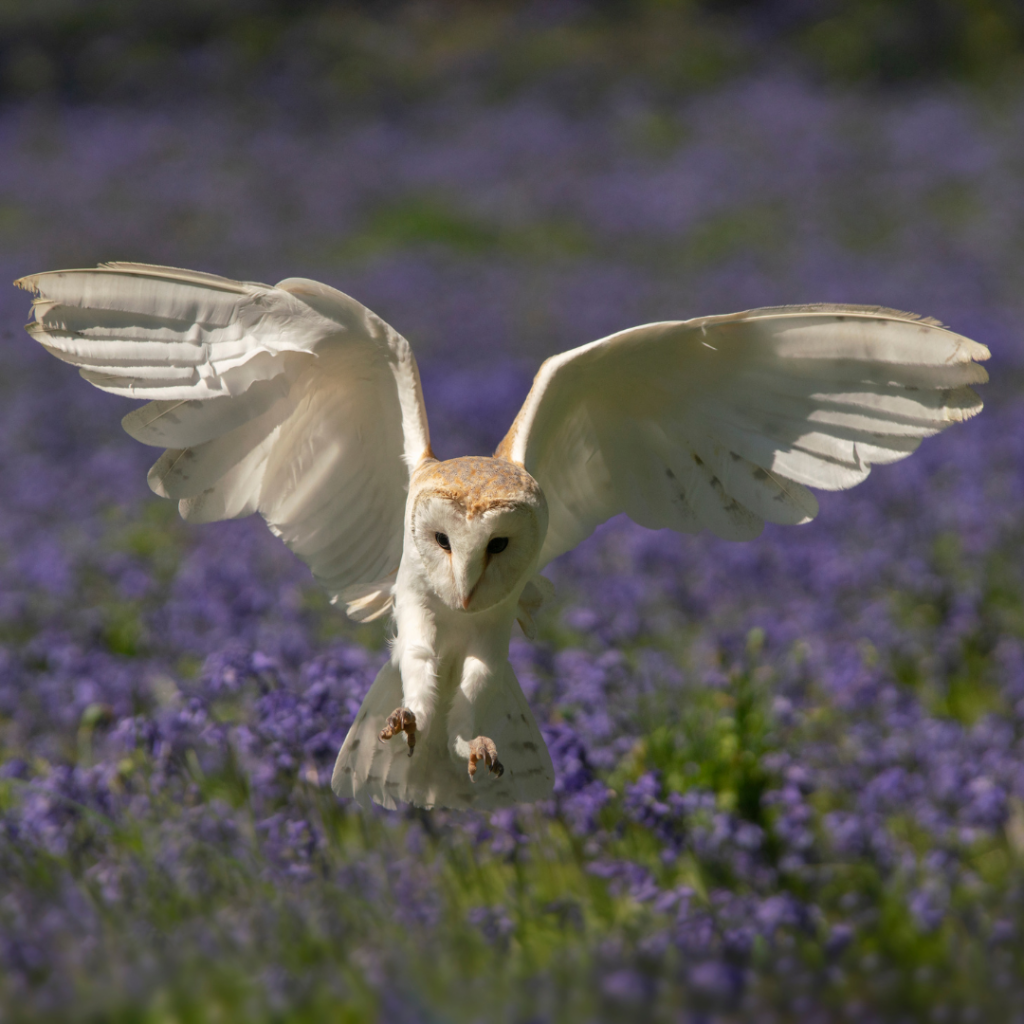
Woodlands surround our farm, and by planting hedgerows near the Owls' habitats and leaving areas of land to grow naturally, wildlife can flourish. This gives our Owls many opportunities to hunt for their favourite meals. The circle of life certainly happens here, and by welcoming small creatures into their habitat, our Barn Owls and their owlets will be well fed.
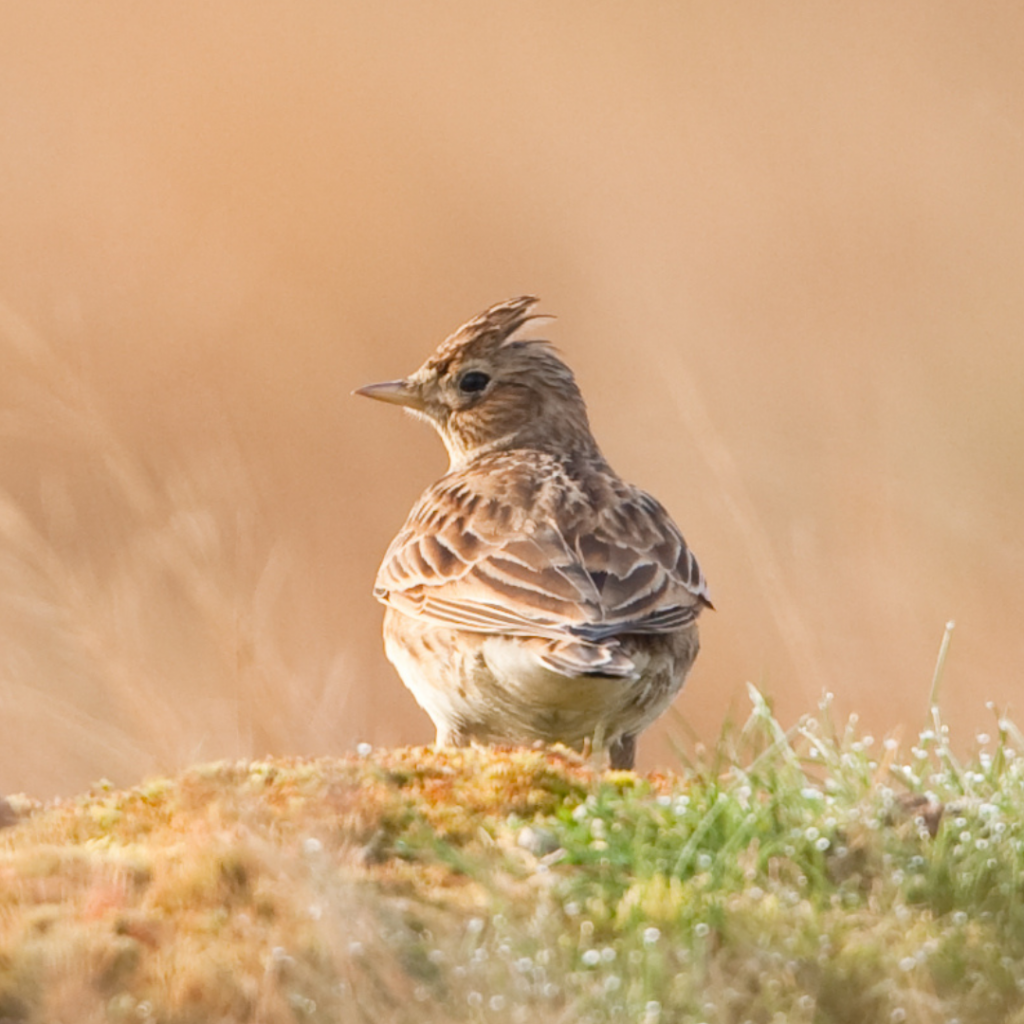
Skylark
In the UK, the population of Skylarks has halved during the 1990s and it's still declining. Experts believe the cause of this is due to the 75% decrease in farmlands, their preferred habitat. This significant reduction has resulted in Skylarks being added to the Red List. Since this species is endangered due to the lack of farmland, of course we wanted to help! We have the facilities to create the perfect habitat for Skylarks to nestle in. Here's how it's going so far.
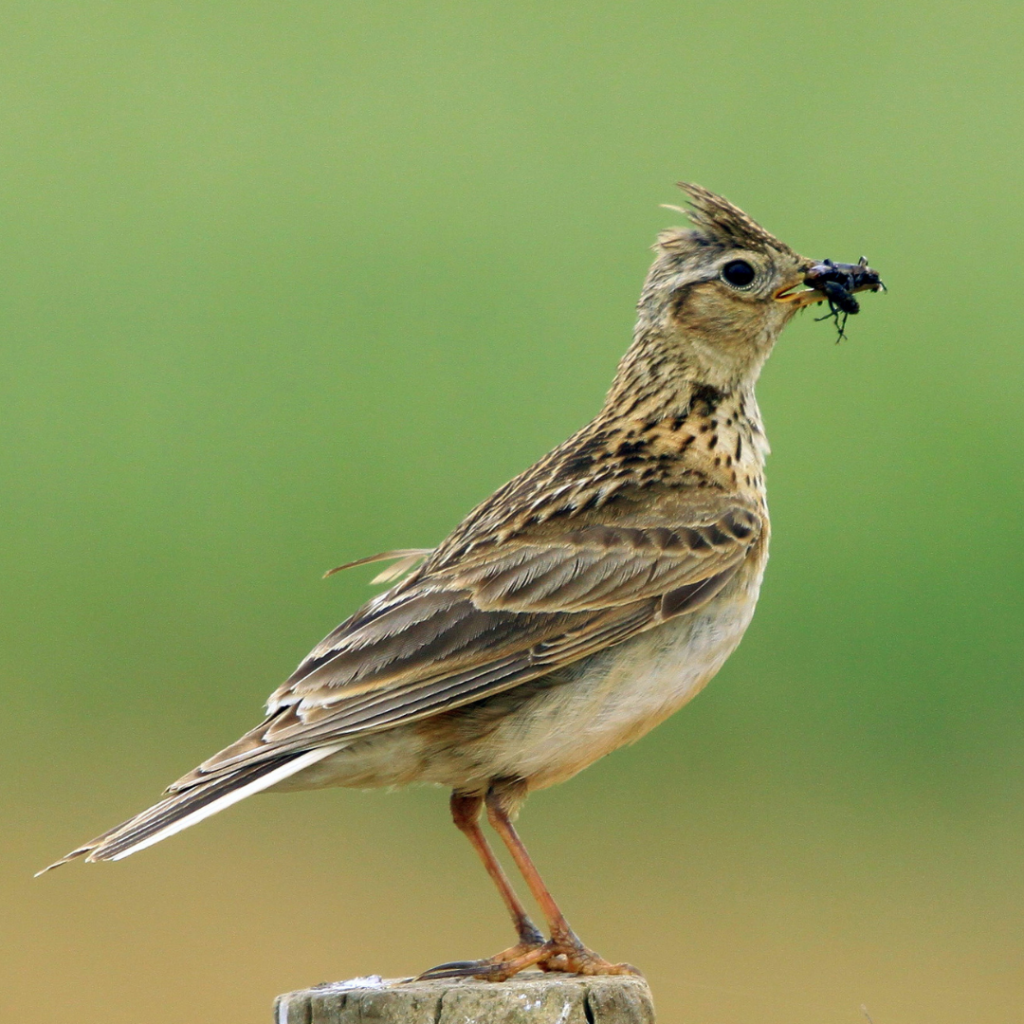
The Skylarks on our farm are probably delighted with us for being a bird food business. This bird loves a seed, particularly Sunflower Hearts and Sunflower Seeds, and we have an abundance of that! Also sitting at the top of the Skylarks' favourite food list are insects. We have miles of flower-rich margins growing here, and they do a great job at attracting all the creepy crawlies a Skylark could wish for. So it goes without saying this bird will certainly not go hungry on this farm!
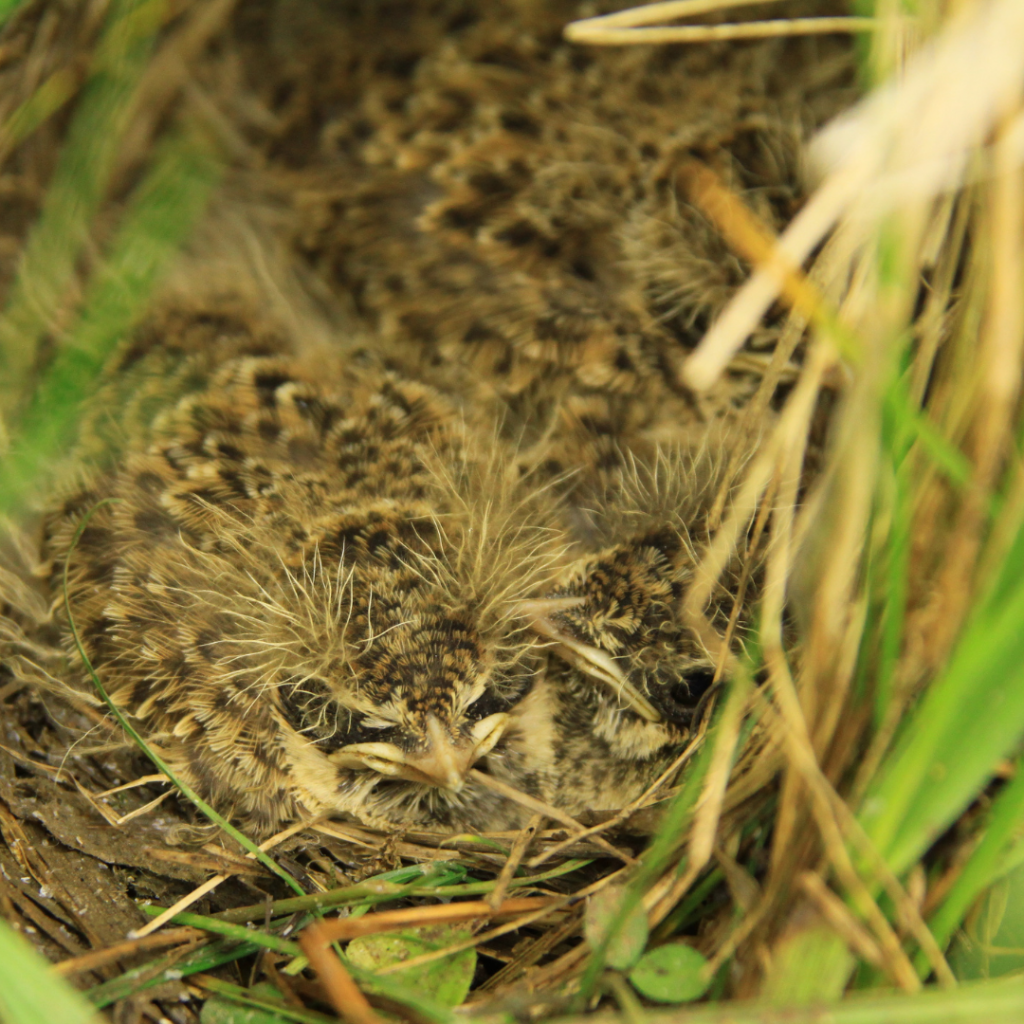
Did you know we also grow onions here on the farm, and this crop creates an ideal nesting environment for Skylarks? The nesting preference of a Skylark is on the ground, low down, and surrounded by high vegetation. The foliage of our spring-cropped onions ticks all these boxes and provides the perfect nesting sites. We are pleased that our untouched grounds and vegetation areas meet Skylarks' nesting requirements. Here is one of the nests of a successful Skylark brood we've encountered so far.
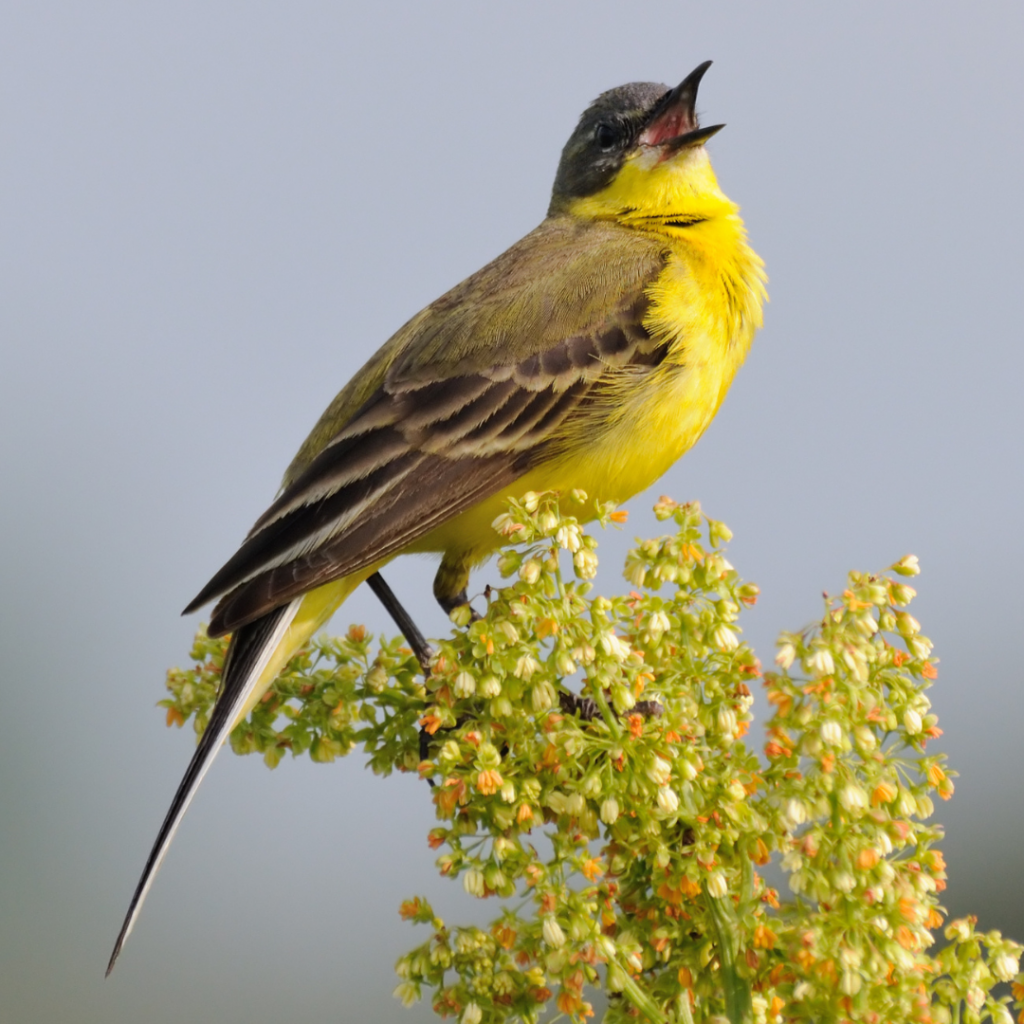
Yellow Wagtail
The fluorescent yellow plumage on a Yellow Wagtail is an eye-catching site; we love seeing them glide through the fields. Sadly, this beautiful bird is also a cause for concern on the endangered list. Between 1995 and 2012 their numbers dropped by 43%, and it has only gotten worse since then. The reason behind the decline is unknown, but since the Yellow Wagtail is a farmland bird, we think that the reduction of farmland may be a significant factor. Yellow Wagtails have been on the Red List since 2009, so we thought it was about time they got an extra pair of helping hands. Here's how we've been assisting this yellow beauty.
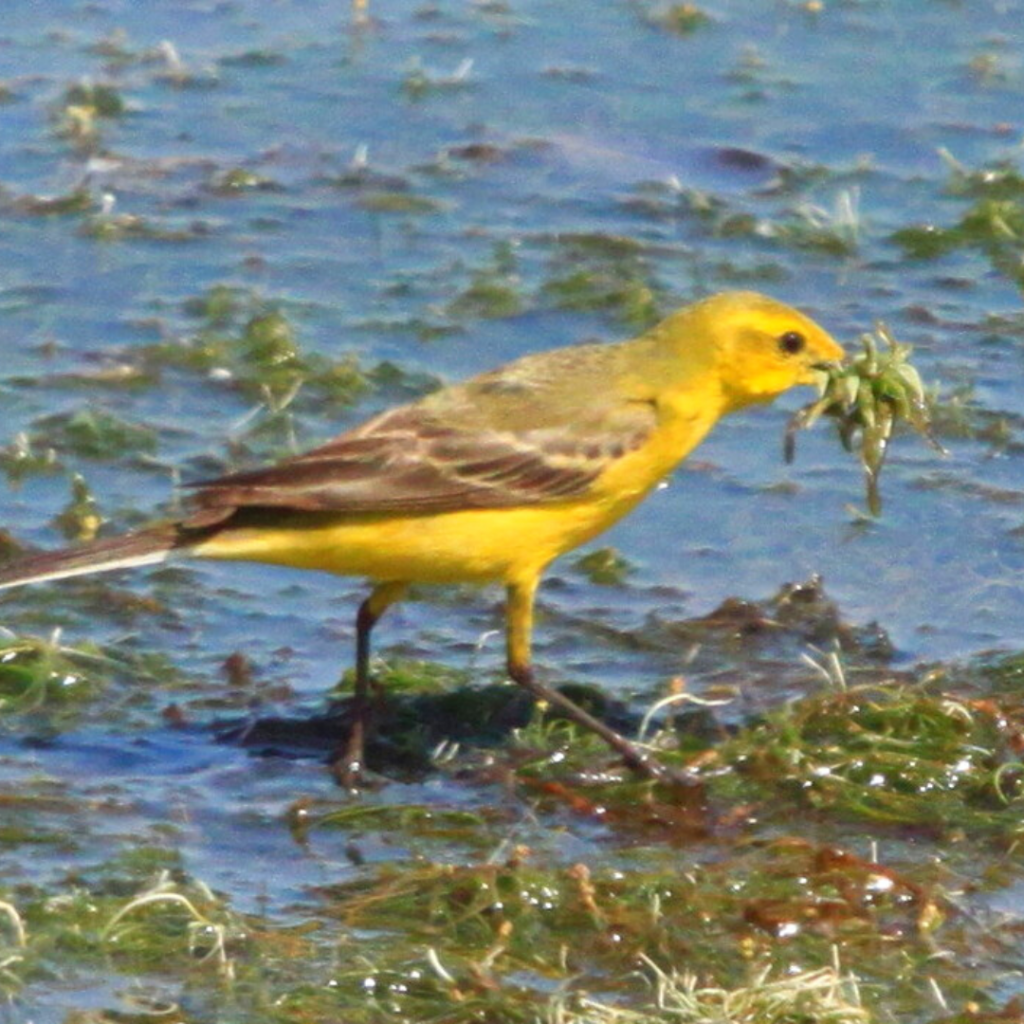
Yellow Wagtails breed on the fringes of wetlands, wet grassland, hay meadows and in some crops. Across our farm, we have many reservoirs, rivers, and ponds allocated in different areas giving pairs plenty of room for nesting spots. We have witnessed Yellow Wagtails singing and holding territories around bodies of water, so it's great knowing our wetlands meet their requirements. Here's a Yellow Wagtail collecting nesting material from one of our reservoirs.
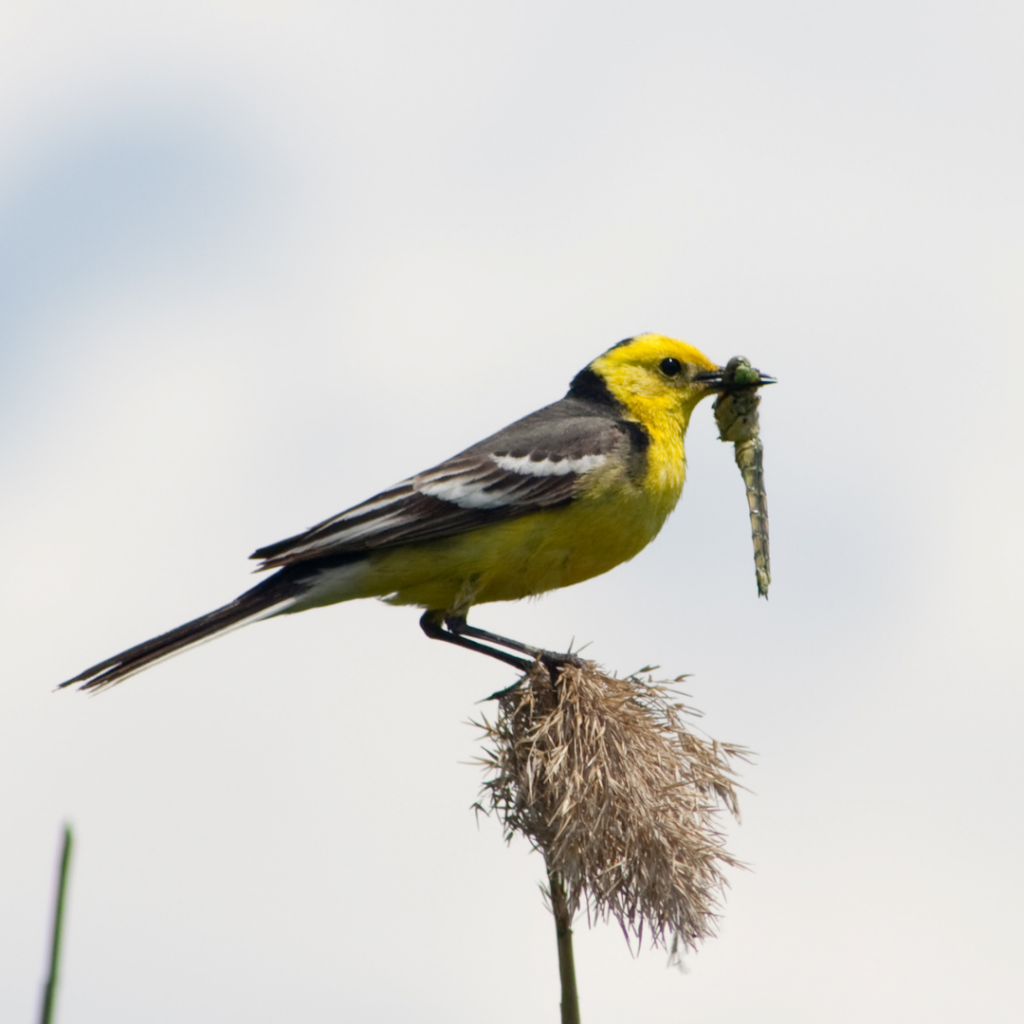
The Yellow Wagtail is our summer visitor, and we'll usually see them on the farm after their long trip from West Africa, where they spent the winter. These birds don't waste time scavenging for food after their long migration travels. Their diet mainly consists of small flying insects in sparse vegetation and open ground. Thankfully, our farm can provide them with plenty of their favourite creepy crawlies, as our grasslands and wildflowers attract insects in the millions throughout the summer.
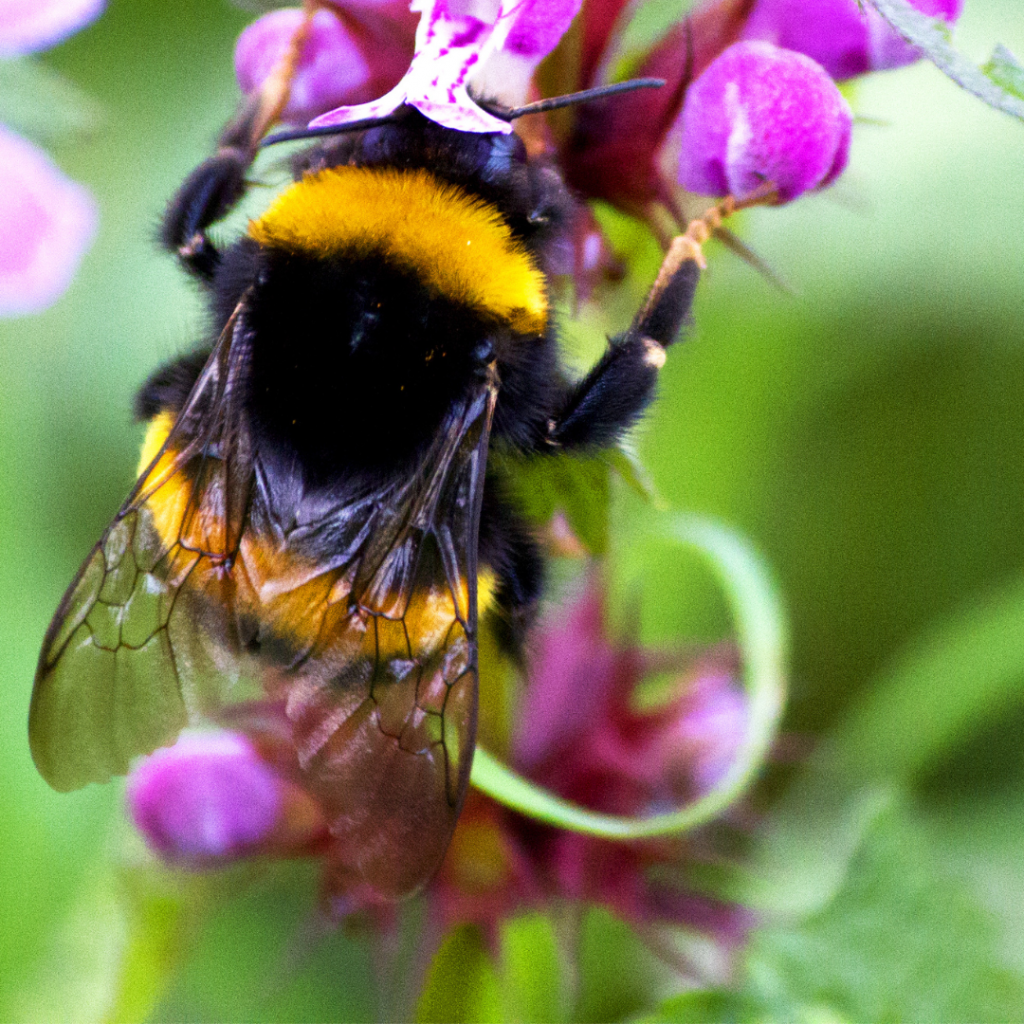
Bumble Bee
We are not entirely birding crazy here; we have a love for pollinating insects too! Which is why the busy Bumble Bee is the last (but not least) focus four species list. Bumble Bees really help us out on the farm, as they do a fantastic job at pollinating our crops. Without bees, it would cost UK farmers an estimate of £1.8 billion a year to pollinate crops. Meaning our food would cost a lot more to produce, and the economy would suffer. Out of the 24 bumblebee species in the UK, eight species are endangered, and two species even went extinct! After taking a hit of this massive decline, it goes without saying our little Bumble Bee friends need all the help they can get. Here's how we're helping them.
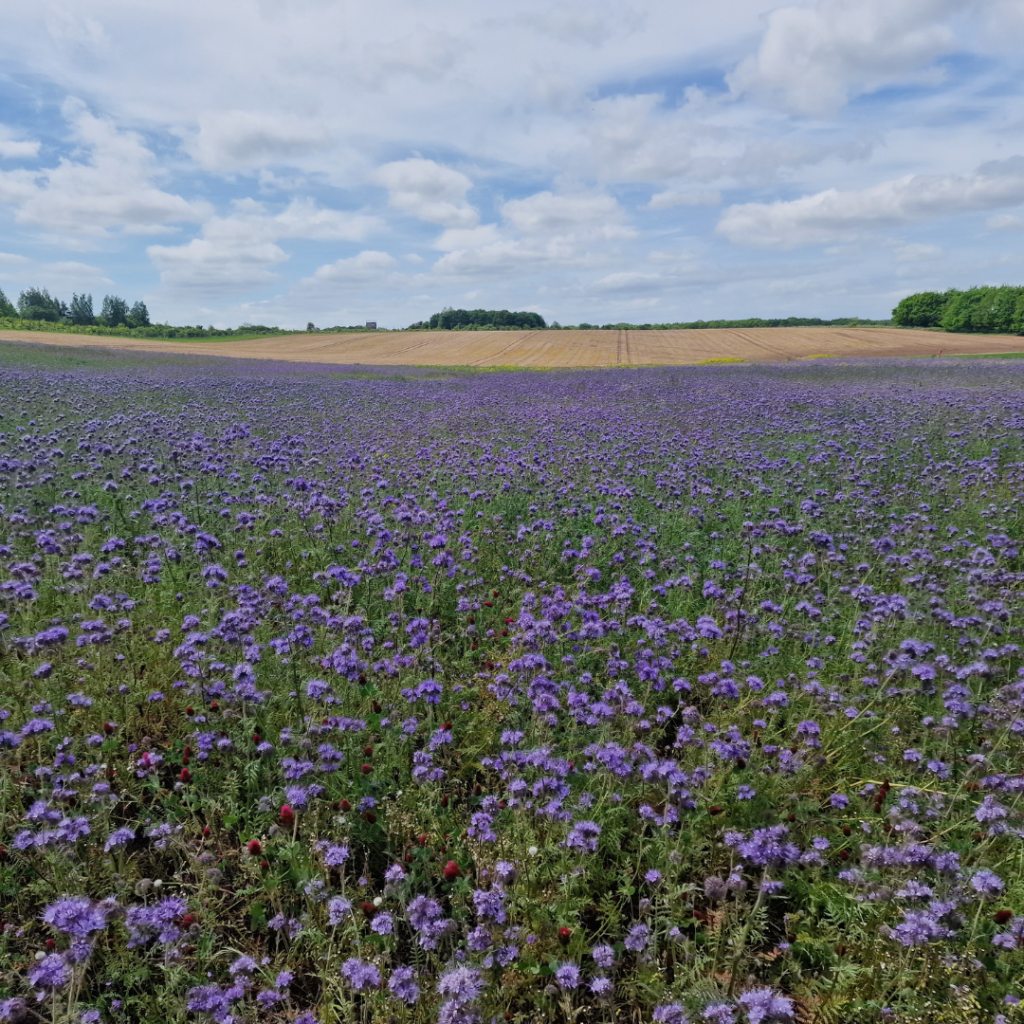
Not only is pollen great for making honey, but it also provides bees with essential protein and fats that will promote the development of young and adult bee health. We have allocated acres of land for nectar-rich flowering hedgerows, grasslands and wildflowers to grow throughout the year. This is to give Bumble Bees and other pollinating insects easy access to a never-ending supply of pollen and nectar.
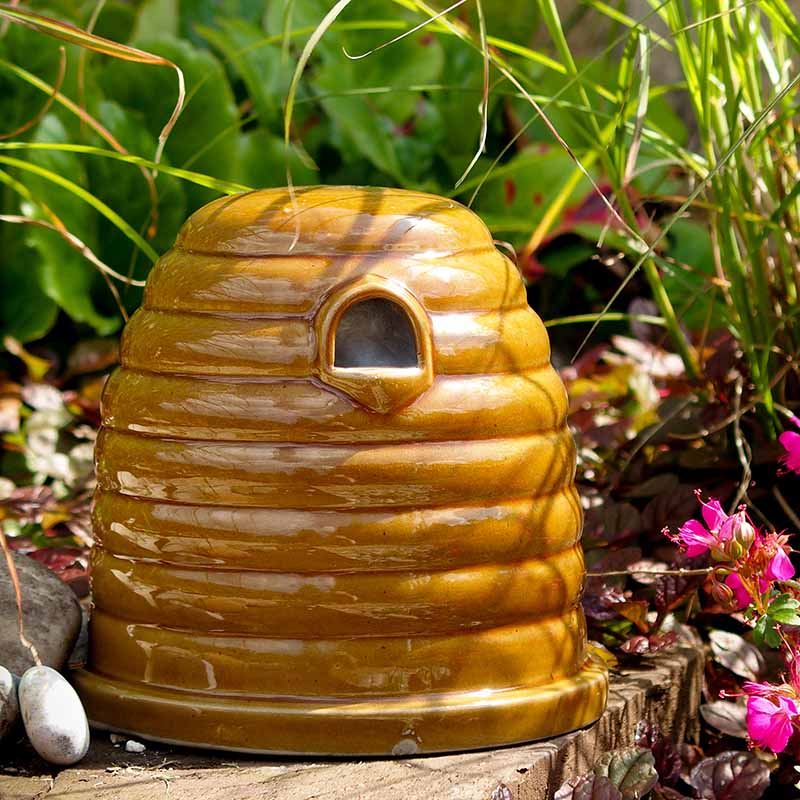
Bumble Bees can nest in various places as long as it's a dry, dark cavity. Nesting underground is a popular choice, and we have many areas of unimproved grassland our Bumble Bees can enjoy happily without being disturbed. We have also placed numerous Ceramic Bumblebee Nesters across the farm in shady protected locations to give our busy friends more options in where they'd like to nest.
Help take care of your own wildlife at home!
No matter where you are, wildlife surrounds you; whether it's in your garden, local parks, or even cities, and with so many species in decline, they need our help! Ivel Valley Bird Food offers a wide range of accessories to help your local wildlife thrive. From bird food made right here on our sustainably run farm to hedgehog houses and nest boxes, we have something for all garden creatures, great and small. See below for our full range.
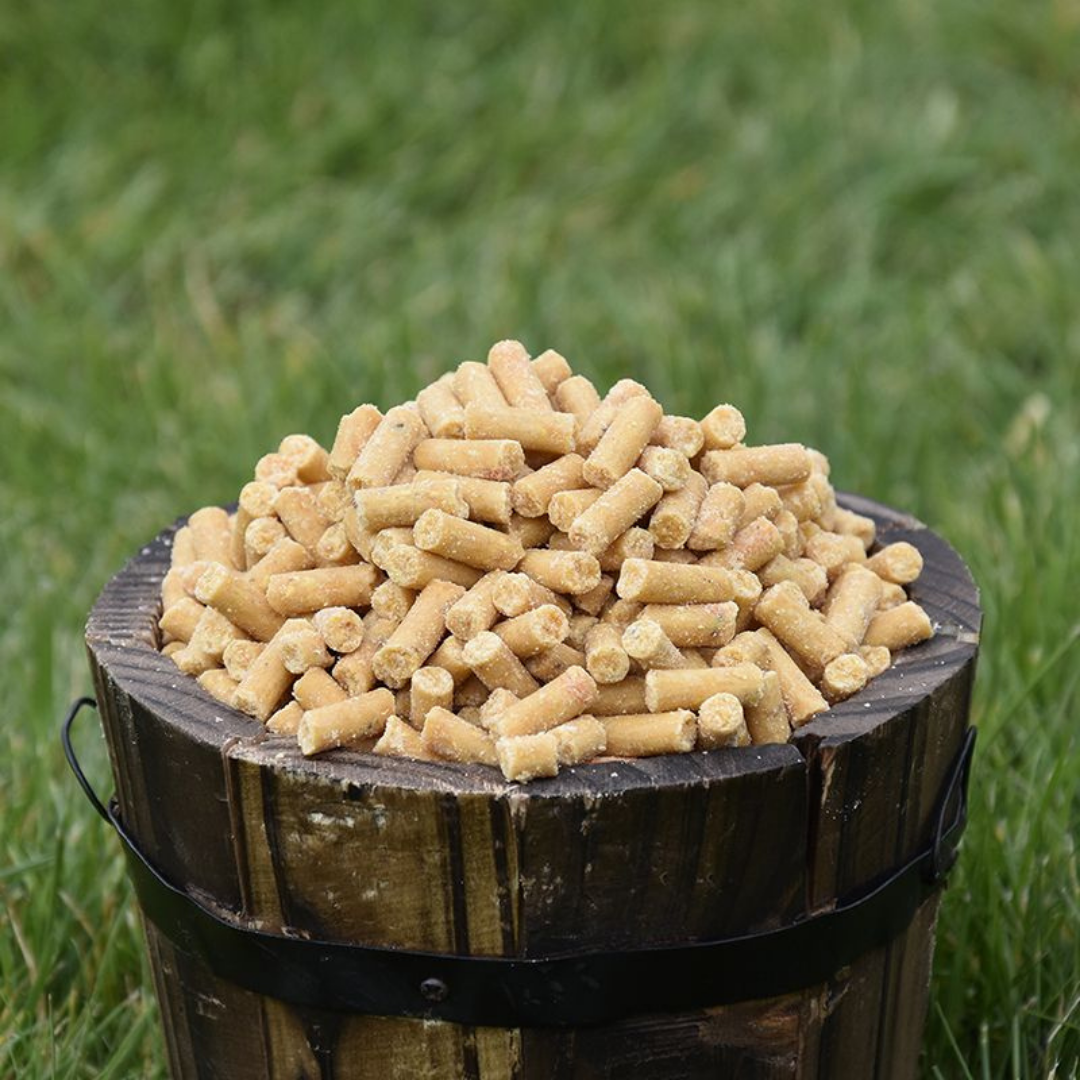
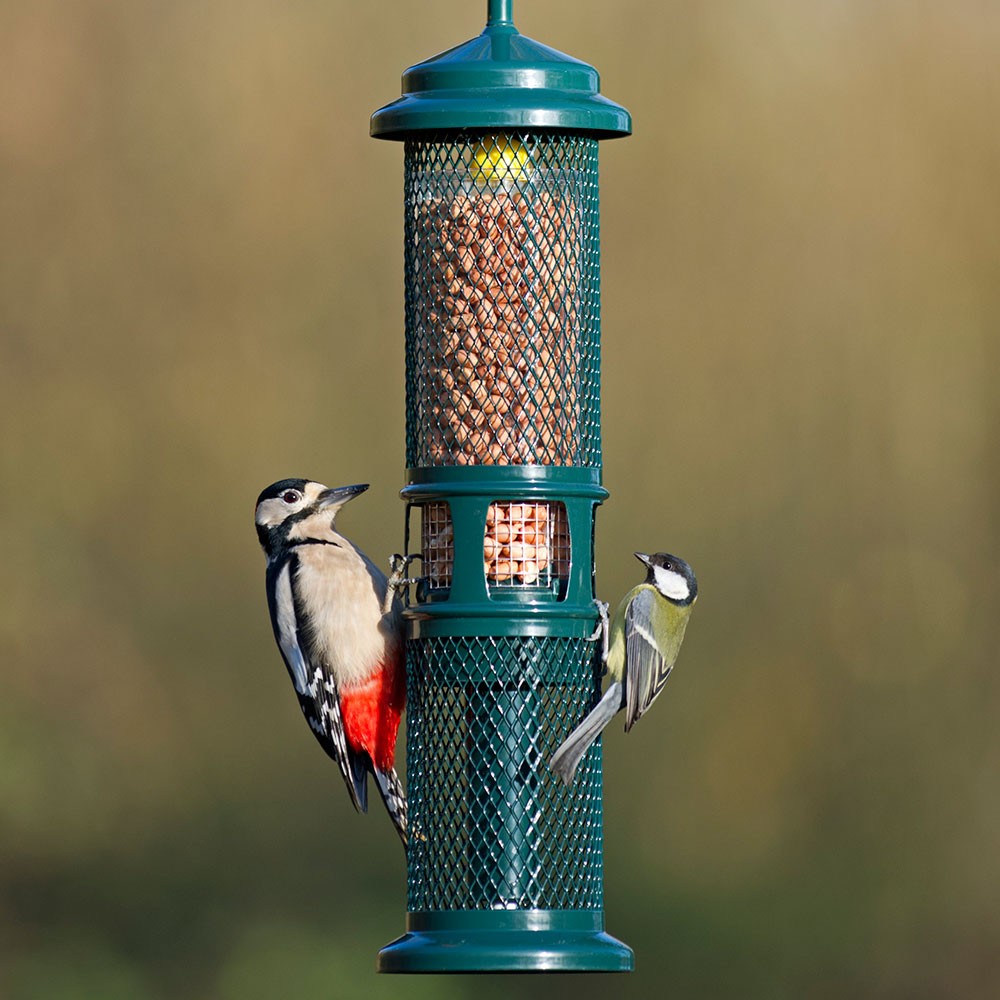
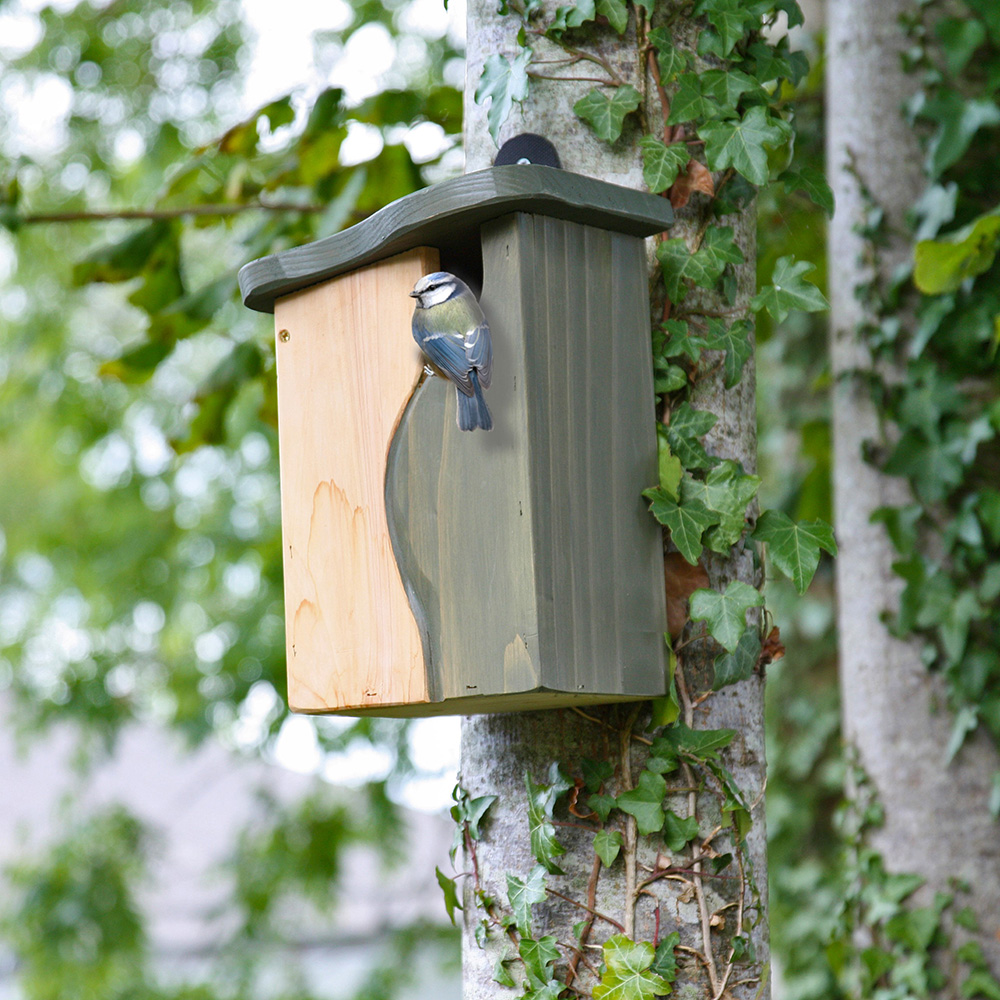
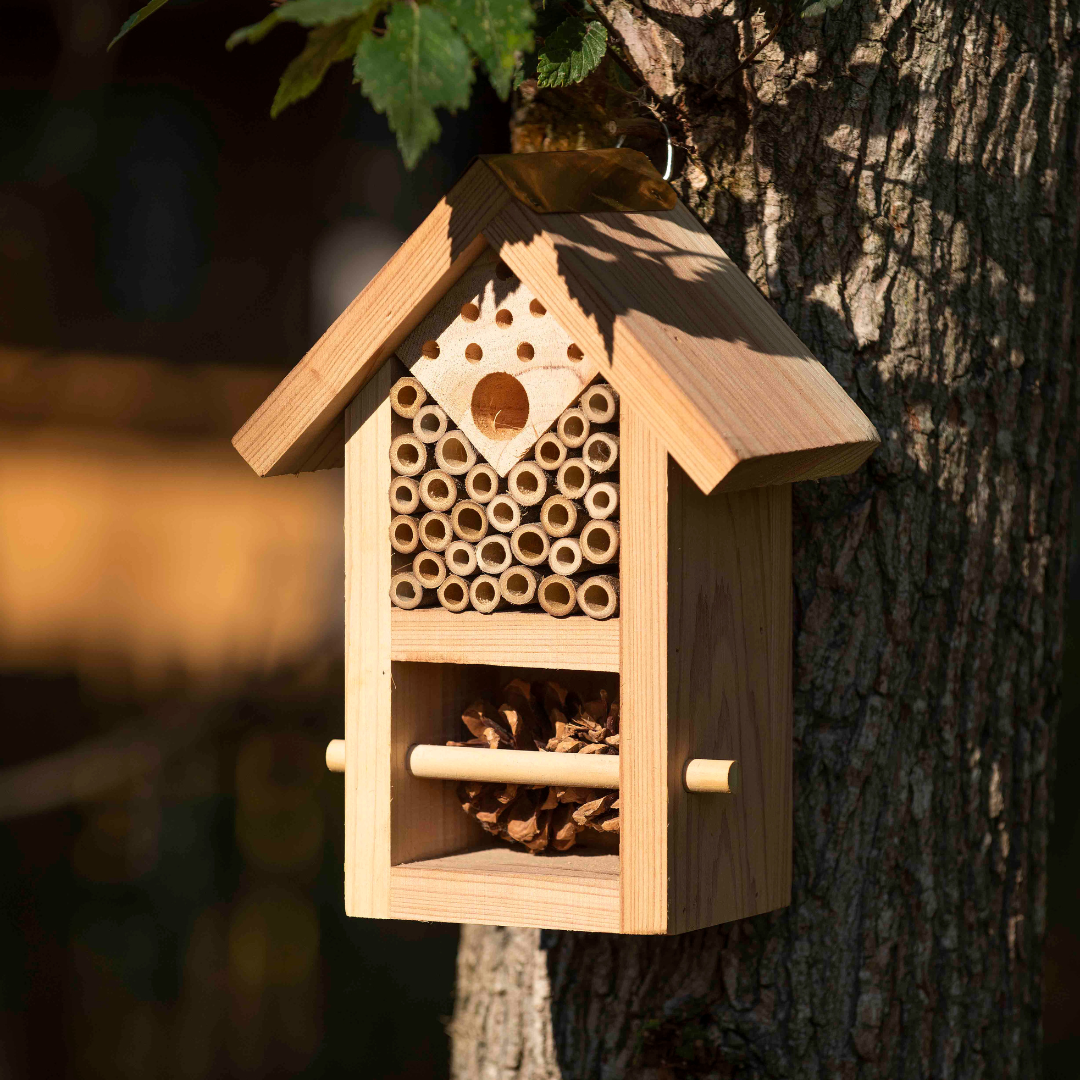
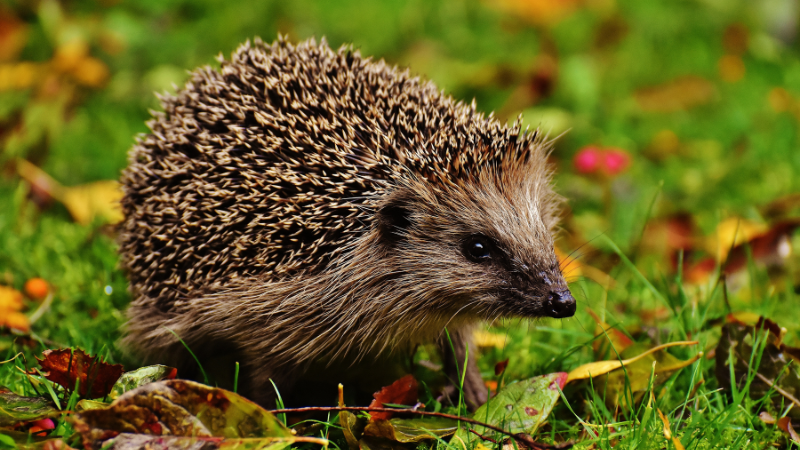
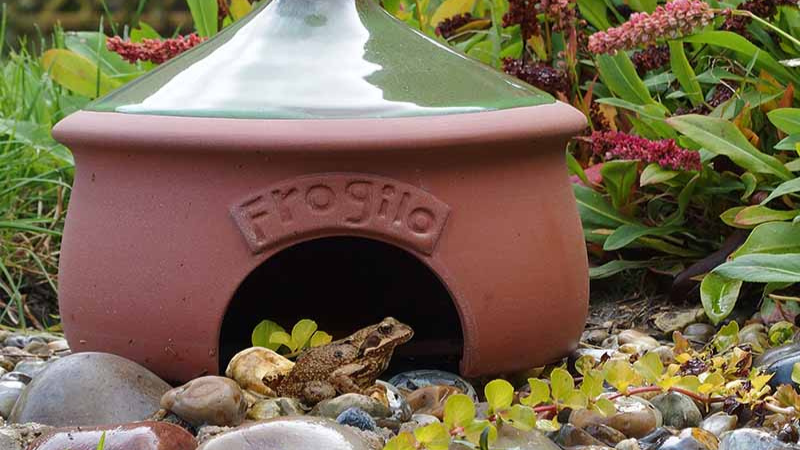
How else are we adapting our farm to benefit the ecosystem?
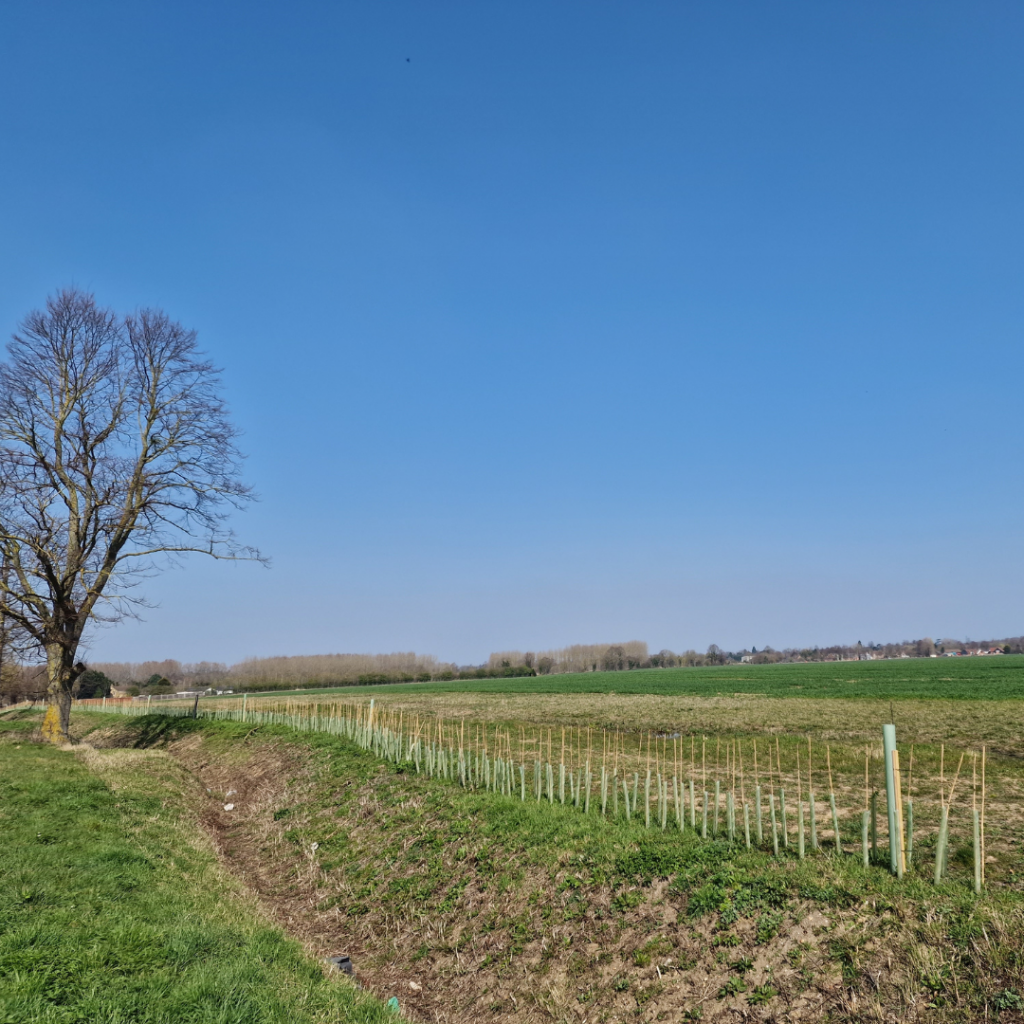
We have recently planted 3450 hedge plants and 40 trees!
To play our part in the battle against climate change, we have planted thousands of hedges and trees that will remove carbon dioxide from the air and release oxygen. Not only are our trees and hedges helping the planet, but they're helping our wildlife too! Birds and mammals will utilise foliage and shrubs for nesting areas and food sources. This will also benefit our farm pollinators as flowering trees and hedge plants can provide an abundance of pollen and nectar when ground flowers and crops cannot.
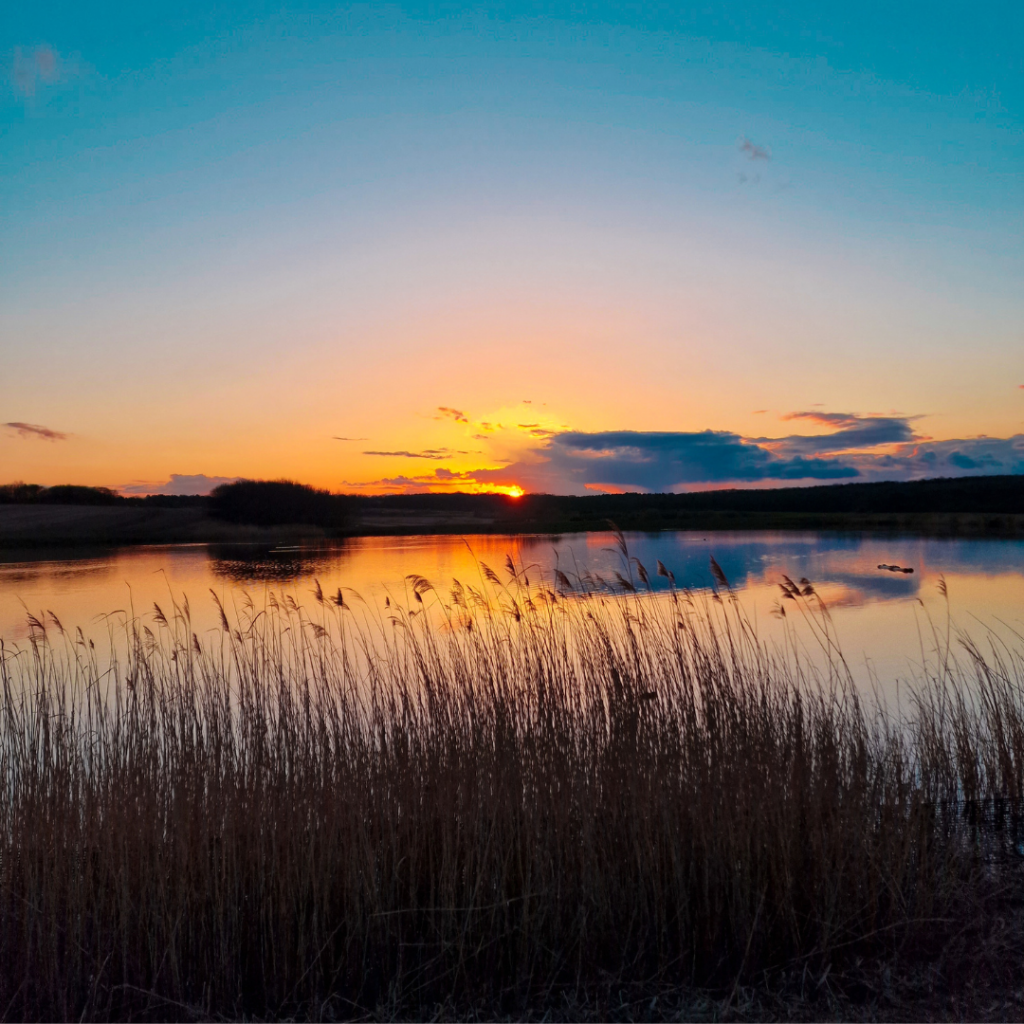
We have created a network of field margins
From wildflower margins to watercourse buffer strips, we have created a network for our wildlife to thrive in. Small mammals and birds will use our grass margins to scout for food and nesting. Larger birds and mammals will use this as hunting grounds. Our wildflower margins are great for attracting insects and pollinators, who all play an essential role in the ecosystem. We also ensure all our reservoirs and watercourses are boarded by water body buffers. These are strips of grassland planted next to the water that will improve quality and provide habitat to voles, newts, toads and dragonflies. This margin network allows all species of wildlife to travel across acres of fields, to find new nesting sites, food sources, or hide from danger.
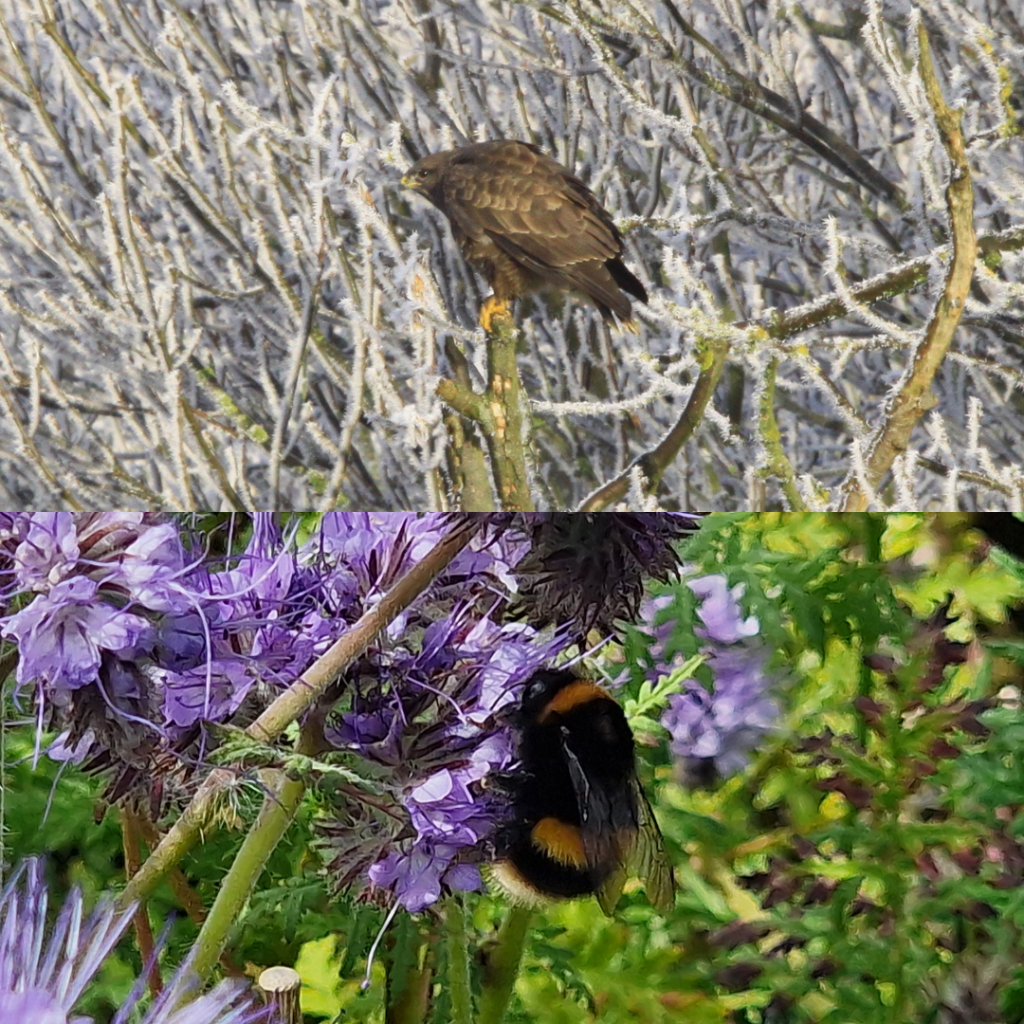
We provide food and shelter to wildlife all year round
We understand winter can be the most challenging time for our farm wildlife as they battle against the elements and shortage of food. To give them a helping hand, we leave our fields with overwintered stubble (crop stubbles left over after the harvest). This will give birds and mammals a source of food during the autumn and winter months. We also have tussock grass growing in various fields to provide wildlife shelter from the harsh weather. Our flower-rich margins, grasslands, and crops do a fantastic job at giving pollinators, birds, and mammals food and nesting areas throughout the spring and summer. On hot days, dehydration isn’t something our wildlife has to worry about. We have water sources in various places across our fields to keep them well hydrated.

